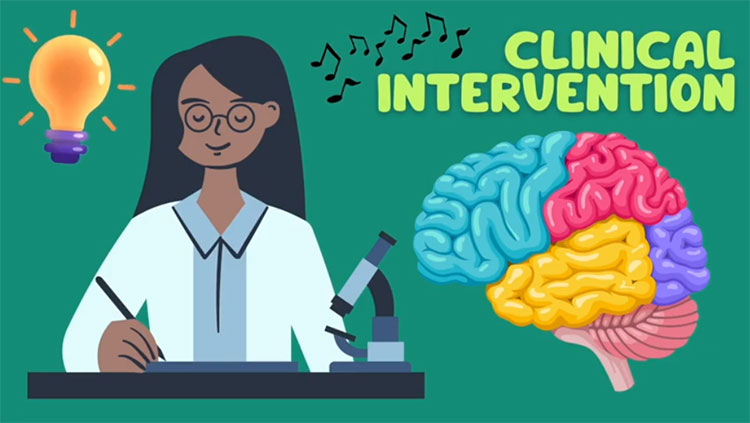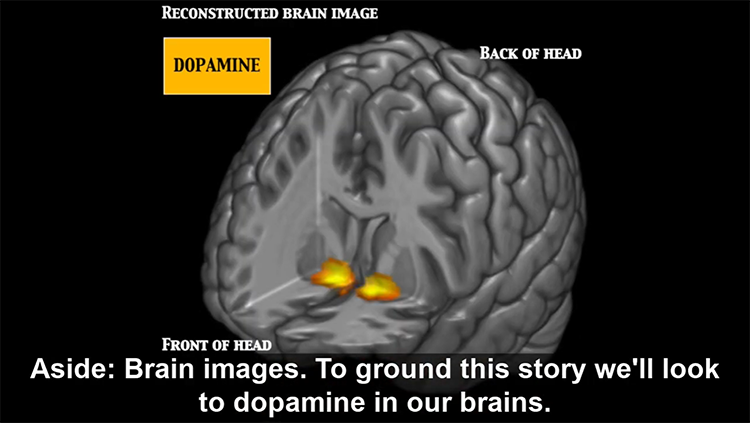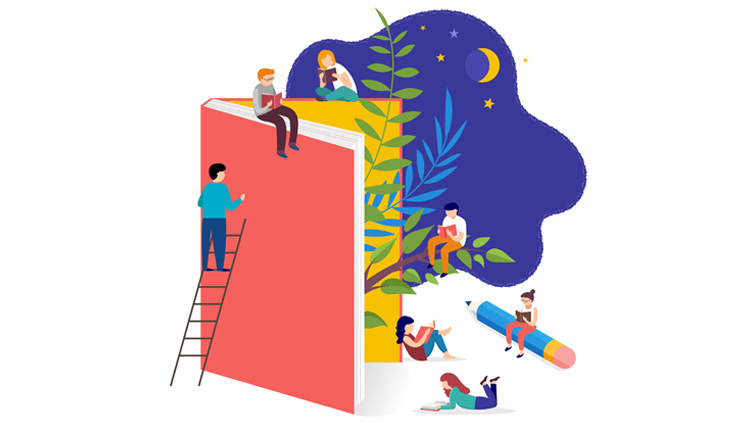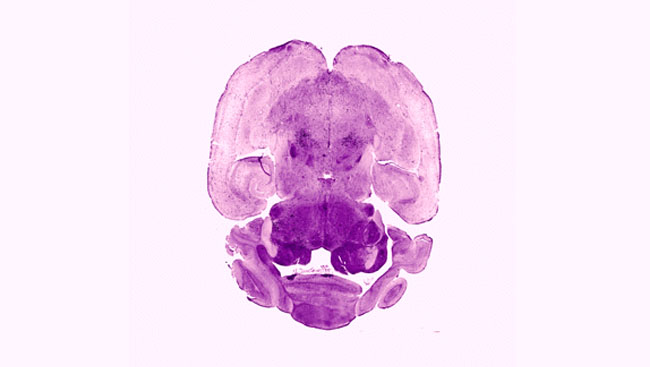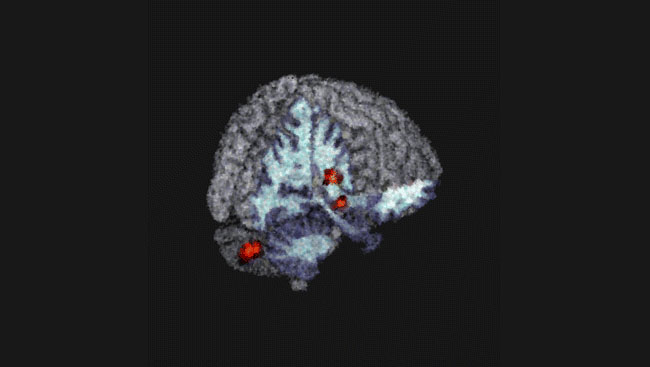Brain Rhythms: How Do We Feel the Beat?
- Published6 Oct 2020
- Source BrainFacts/SfN
Even the worst dancer has a sense of rhythm. The human brain can perceive and produce rhythms from birth — a necessary skill for speaking, walking, and yes, even dancing.
This video is from the 2020 Brain Awareness Video Contest.
Created by Juho Aijala
CONTENT PROVIDED BY
BrainFacts/SfN
Transcript
Rhythm perception and production are fundamental features of human musical abilities. Humans both imitate and produce different musical rhythms for entertainment to such an extent that it is unseen in any other animal, or even primates.
Rhythm can be defined as a pattern of events, such as sounds, that has a repeated predictive structure. Like this! (Sound of drum beats)
You can probably easily hear the simple pulse or the beat of this rhythm. Try tapping your foot to it. This is an extremely automated ability that most humans can do with minimal effort. Even young children can perceive this beat and move accordingly.
It seems that rhythm perception and production are innate abilities, present from birth. And for a good reason. They required not only for listening and playing music, but for all motor activities from speaking to walking. Imagine walking with no sense rhythm, or speaking with no rhythmic structure in your words.
Rhythm perception and production are used by various animals for basic functions, such as motor movements. However, only humans can perceive and produce complex musical rhythms. Scientists have studied what are the mechanisms in our brains that allow us to perceive and produce rhythms. A key structure seems to be a collection of nerve bundles known as the basal ganglia.
Even though it is located in the middle of the brain, it is highly connected to the outer layers that process sounds and even to areas that prepare and control our motor movements, the premotor cortex and the cerebellum. These motor areas are also connected to the reward centers of the brain, which could be what makes dancing pleasant and fun. This could partly explain why we feel a natural temptation to move and dance to the beat of the music. Hearing music is literally preparing us to do so.
According to current research, the basal ganglia is responsible for not only extracting the beat from the music we hear, but also in predicting how it will continue. It has been found that a part of the basal ganglia called the putamen activates especially when predicting how a beat continues. This could be why, when the beat goes off, it sounds so off-putting. The predictions made by the putamen were wrong and will now have to be adjusted.
Not only can rhythm be heard and felt, it can also be seen. Just try it yourself. However, current research indicates that auditory rhythms are way more dominant than rhythms perceived via any other sense. Neural resonance theory offers an explanation. According to it, the electrical signals of auditory and motor systems in the brain automatically create coordinated rhythms, so called oscillations: the synchronized activity of millions of brain cells. This creates the beat in our heads.
The brain literally synchronizes its electrical activity with the beat of the music. This happens even when the beat itself is not present in the music. For example, when you can only hear the melody of a song You can still feel and count the rhythm. Your brain literally moves to the rhythm.
Also In The Arts & The Brain
Trending
Popular articles on BrainFacts.org


